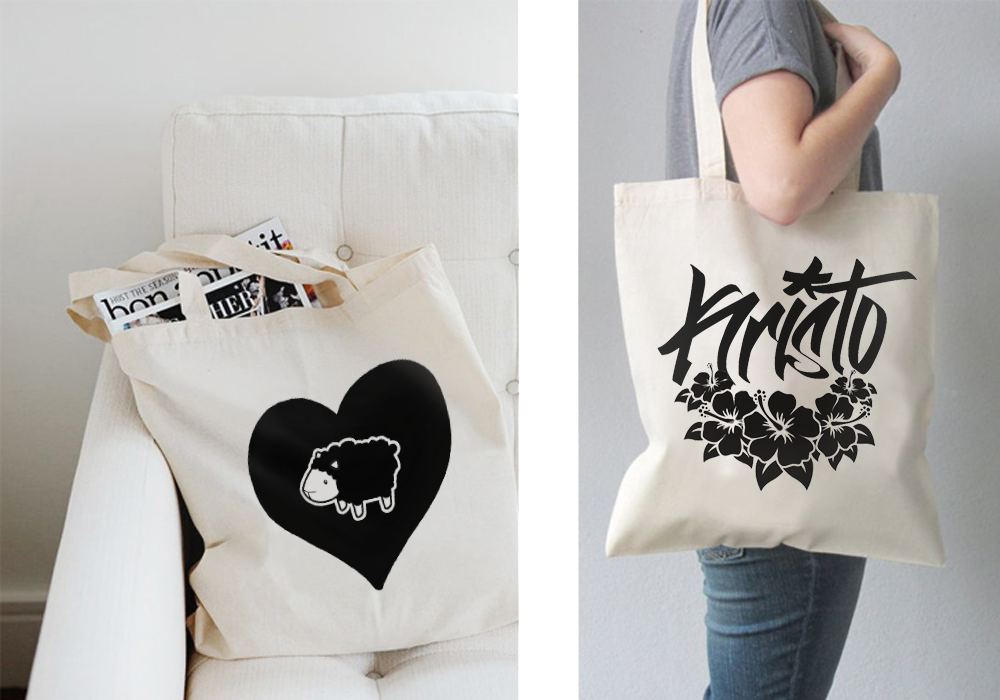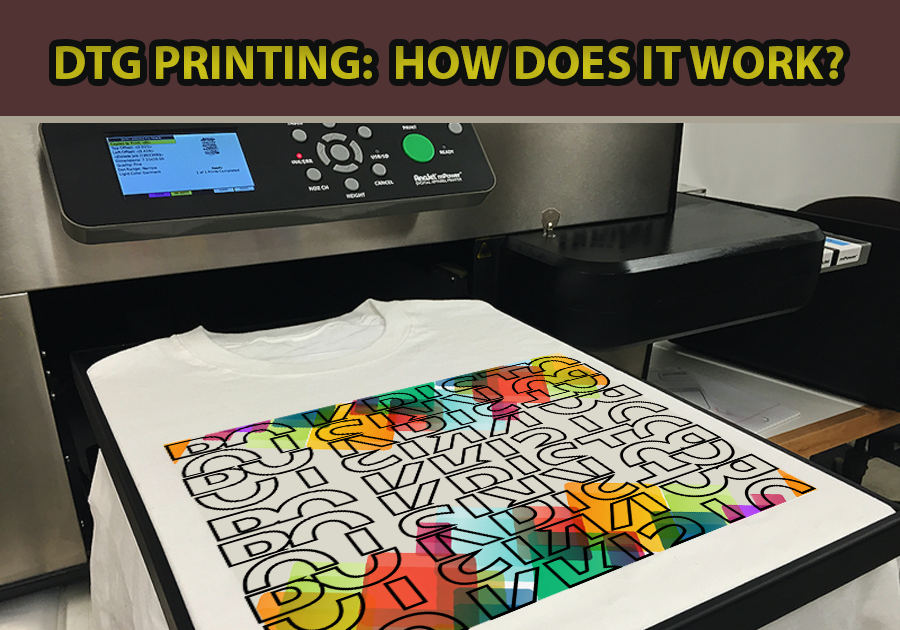Eco-Conscious / Eco-Friendly, Mens Clothing, Style, Urban Clothing, Women Clothing
Direct To Garment DTG Printing: How Does It Work?
A Brief History Of Direct To Garment DTG Printing
The first commercially viable direct-to-garment printer, called “Revolution,” which was created by DIS of Bradenton, Florida, and was based on a Matthew Rhome invention, was released in the United States in 1996. Rhome submitted a patent application in July 1996 after working on the DTG concept for a number of years. This is the first DTG patent, having been authorized by the US Patent Office in August 2000. Up until Rhome left the company in 1998 to begin developing the first Brother DTG printer, which hit the market in 2005, the Revolution printer was available for purchase.
After the Revolution printer was released, there was a lot of development but little sales activity in the market until 2004 when Mimaki unveiled their printer at the ISS show in Chicago, Illinois, and later that year when Kornit and US Screen displayed their products at the SGIA show in Minneapolis, Minnesota. In 2005, at the ISS Atlantic City show, Brother International unveiled the GT-541 Garment Printer, making it the first “ground up” DT printer. The print heads, ink, and electronics in this printer were made especially for DTG printing.
Epson unveiled the F2000 printer at the Chicago PRINT 2013 trade exhibition. This printer’s debut was noteworthy since it addressed many of the problems with DTG printing that were common at the time. The Epson F2000’s ink set was one of its standout qualities because it had a two-year shelf life and didn’t experience the settling or clogging problems of earlier DTG inks.
The North American DTG market had a value of over $2.5 billion by May 2019 and was projected to increase at a compound yearly growth rate of 10.5% through 2021.
Rise Of The Direct To Garment Printing Process.
Because it’s so quick and flexible, digital printing, also known as direct-to-garment printing, has swiftly risen to the top of the list of ways to print on clothing. No need to make multiple design revisions when your logo or design may be printed straight onto any fabric. When an image is finished and ready to print, our clients pick digital printing since it speeds up the order processing process. When using digital printing, unlike screen printing, you don’t have to be concerned about colors bleeding or smudging. Colors are perfectly blended with digital printing, much like gradients.
However, how does digital printing accomplish its task? In a nutshell, digital printing produces prints from an image file. The first step in the digital printing process is sending a digital file to a printer, which employs inkjet technology to print the image onto the fabric. It is As simple as that!!
Tiny ink droplets are applied to the paper or substrate to produce the prints. The print head contains small nozzles that are responsible for controlling the droplets. Digital printers are able to produce a wide range of colors and tones by adjusting the size and spacing of the droplets. Prior to a few years ago, a four-color process was pretty much your only option if you wanted to print something in color. However, you can now print in up to six colors thanks to digital printing. Not to mention the several shades of gray that digital printers may produce. But the benefit of digital printing is literally in the fine print, in addition to its convenience.
Digital printing readily captures minute features like lines, text, and all the crevices and crannies, in contrast to screen printing, which necessitates a manual inspection during milestones. The best option for printing goods that demand a high level of detail is hence digital printing.







Great goods from you, man. I’ve take into accout your stuff previous to and you are just extremely fantastic. I really like what you have received right here, certainly like what you’re saying and the way by which you say it. You make it enjoyable and you still take care of to keep it sensible. I can’t wait to read far more from you. This is actually a terrific web site.
Thank you so much for the kind words! I’m really glad you enjoyed the content on Direct to Garment (DTG) printing. It’s always great to hear that the information came across clearly and was enjoyable to read. If you have any questions about the DTG process or want to dive deeper into any specific part of it, feel free to ask—I’d be happy to help. Thanks again for your support!